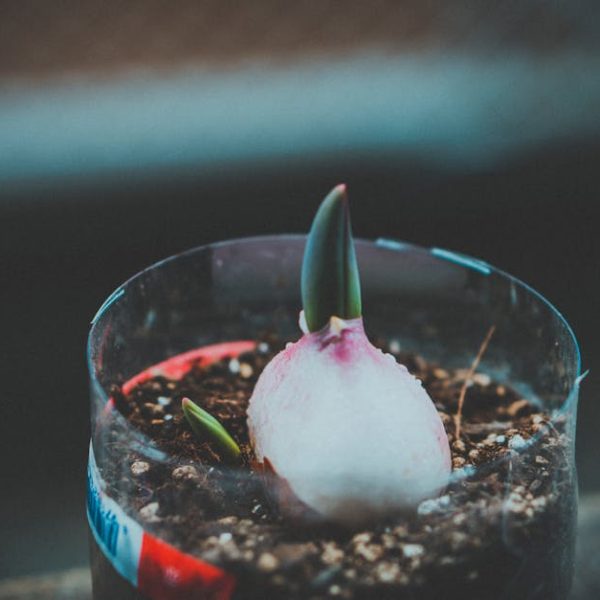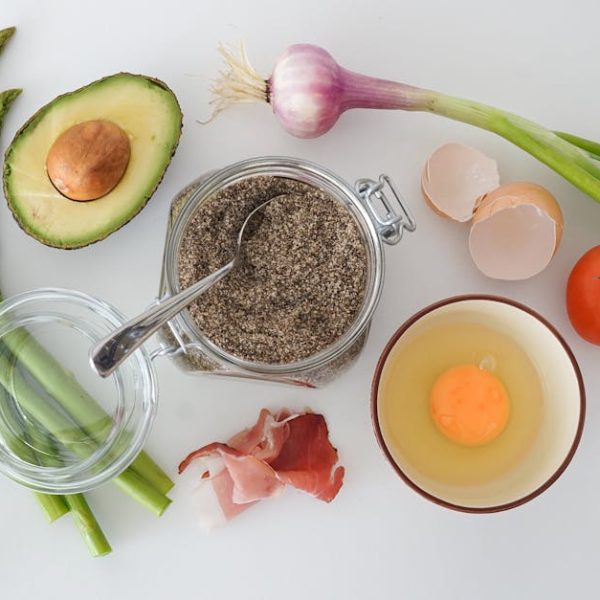Whether you’re a gardener blessed with a bumper crop or a farmer’s market devotee who scored a great deal, you might find yourself with more spaghetti squash than you can use at once. The good news is you can freeze it, preserving its nutritious qualities and delightful taste for future meals. This article delves into the ins and outs of freezing spaghetti squash, how long it can stay frozen, and the precautions to take ensure it remains healthy and tasty.
Understanding the Basics of Spaghetti Squash
Spaghetti squash, known for its unique stringy flesh that resembles roast spaghetti, is a nutrient-packed food. Rich in fiber, vitamins, and minerals, it’s a staple in many healthy diets and is often used as a low-carb, gluten-free substitute for traditional pasta. Because of its hearty nature and versatility in recipes, many people choose to freeze spaghetti squash for long-term storage.
Unique in its composition, spaghetti squash maintains its texture and integrity even when frozen and reheated, making it an ideal candidate for long-term storage. The rich nutrient content, low calorie count, and hardy structure make freezing an excellent option for this versatile vegetable.
The Step-by-Step Guide to Freezing Spaghetti Squash
Freezing spaghetti squash can be as easy as 1-2-3. The process involves cleaning, cutting, seeding, and cooking the squash before you freeze it. Let the cooked squash cool before you freeze it. This reduces temperature shock and prevents crystallization of ice on the squash.
Packaging plays a critical role in maintaining the quality of your squash. You can choose from freezer bags, airtight containers, or vacuum-seal bags with each offering its own pros and cons. Use the following comparison table to help you make a decision:
| Packing Material | Pros | Cons |
|---|---|---|
| Freezer Bags | Cost-effective, space-saving | Potential for freezer burn |
| Airtight Containers | Reusable, sturdy | Bulky, not space-efficient |
| Vacuum-seal Bags | Maximum freshness, optimal for long-term storage | Higher initial cost |
Once packaged, ensure your freezer is set at or below 0°F (-18°C), the optimal temperature for freezing foods, including spaghetti squash.
How Long Can You Keep Frozen Spaghetti Squash?
Properly frozen spaghetti squash can keep for up to eight months. However, several factors can significantly impact the shelf-life of your frozen squash. These include initial freshness, preparation, storage conditions, and packaging quality. Always look out for signs like changes in color, texture, or smell, as these could indicate that the squash has gone bad.
Proper freezing practices make a significant difference in the storage life of your spaghetti squash. Briefly, here are a few of them:
- Use fresh squash: The fresher the squash, the better it freezes and the longer it lasts.
- Package properly: Air exposure leads to freezer burn, which spoils the taste and texture of your squash. Ensure your container is airtight and secure.
- Maintain consistent freezing temperature: Fluctuating temperatures can compromise the quality of the squash.
Next, we’ll delve deeper into the thawing, using, and precautionary measures for freezing spaghetti squash.
Thawing and Using Frozen Spaghetti Squash
Now we come to the part where you want to thaw and use your long-stored spaghetti squash. There are different methods to achieve thawing. Some people prefer to let it thaw in the fridge, others choose to defrost it in a microwave. The method you use can impact the taste and texture of the squash. As a ‘Pro Tip’, thawing in the fridge is considered best, as it minimizes the risks of bacterial growth and avoids the toughened texture that can result from microwave thawing.
When it comes to using thawed squash, the sky is the limit! Mix it into pasta, toss it in salads, or simply warm it up with a little butter and seasoning. Remember, the key is to use it as soon as it’s thawed to maintain its taste and texture. Also, keep in mind that freezing and thawing doesn’t notably affect the nutritional value of spaghetti squash, so you can still enjoy its beneficial nutrients.
Necessary Precautions When Freezing Spaghetti Squash
Freezing spaghetti squash is a straightforward process, but there are a few precautions to take note of. Firstly, improper freezing can lead to foodborne illnesses. Make sure to wash your hands and use clean utensils during preparation and storage to avoid contamination.
Secondly, bear in mind that overfreezing the squash or thawing it multiple times can lead to a mushy texture and harbor harmful bacteria, respectively. The best rule of thumb when freezing and thawing is “one-time-only”. Once thawed, consume it promptly and don’t re-freeze.
Here are some best practices to keep in mind:
- Ensure cleanliness during preparation and storage.
- Freeze squash for an optimal time; overfreezing can damage texture and taste.
- Once thawed, consume immediately and avoid refreezing.
In conclusion, freezing spaghetti squash can be a nutritious and time-saving addition to your regular diet. Whether you’re preparing it for immediate usage or saving it for future meals, if you keep these steps and precautions in mind, you’ll have a delicious, ready-to-go ingredient waiting for you in your freezer. Happy cooking!
Key Takeaway:
- Spaghetti squash, thanks to its unique texture and rich nutrient content, can be safely frozen and preserved for future meals while maintaining its health benefits and taste.
- Preparing, packaging, and freezing the squash correctly is crucial in ensuring its quality during long-term storage.
- Properly frozen spaghetti squash can be kept for up to eight months, depending on various factors, including initial freshness, preparation, storage conditions, and packaging quality.
- Thawing and using your frozen spaghetti squash in a kitchen-friendly way can yield tasty, healthy meals.
- Basic precautionary measures, such as cleanliness during preparation and storage, avoiding overfreezing, and refraining from refreezing once thawed, can prevent potential risks and maintain the quality of the squash.
As you freeze your squash, remember the immense nutritional value you are capturing in the process. This convenience will save you preparation time in the future and provide a nourishing addition to your meals any day. Enjoy exploring the versatility of spaghetti squash recipes!
FAQs
Q: Can spaghetti squash be frozen right after it’s been harvested?
A: Yes, you can freeze spaghetti squash shortly after it’s been harvested. However, it’s essential to clean, cut, seed, and cook the squash first before freezing it.
Q: What is the best way to package spaghetti squash for freezing to maximize its shelf-life?
A: Vacuum-seal bags are the best choice for long-term storage due to their ability to maintain maximum freshness. However, freezer bags and airtight containers can also be used effectively.
Q: Is the nutritional value of spaghetti squash affected after freezing and thawing?
A: Freezing and thawing does not significantly impact the nutritional value of spaghetti squash. You can still enjoy its various health benefits even after it has been frozen and thawed.
Q: Are there any health risks associated with incorrectly freezing spaghetti squash?
A: If not properly frozen, spaghetti squash can be subject to contamination that could lead to foodborne illnesses. Overfreezing or multiple thawing cycles can also adversely affect the texture and taste, and possibly harbor harmful bacteria.
Q: Can I refreeze spaghetti squash once it’s been thawed?
A: It’s advisable not to refreeze spaghetti squash once it has been thawed. This could cause a mushy texture and create conditions for bacterial growth.
Enjoy experimenting with freezing spaghetti squash! Feel free to share this article and explore other posts on our website for more culinary insights.





